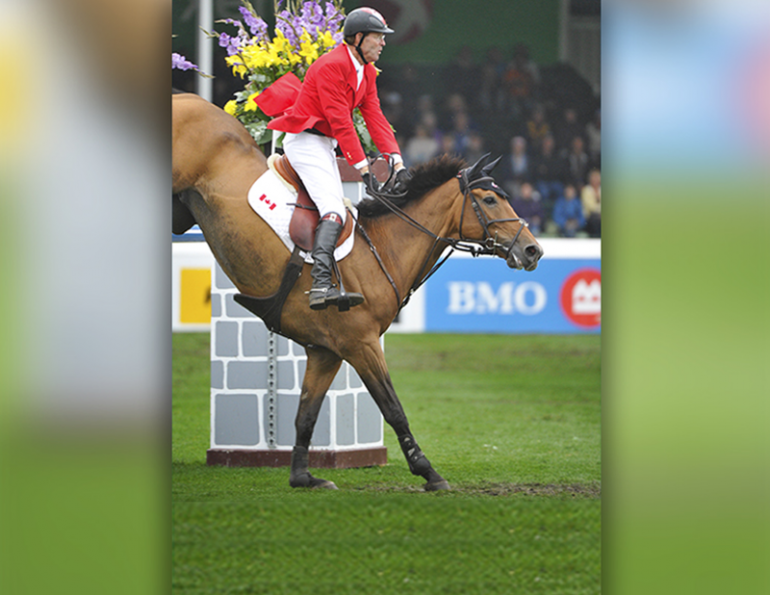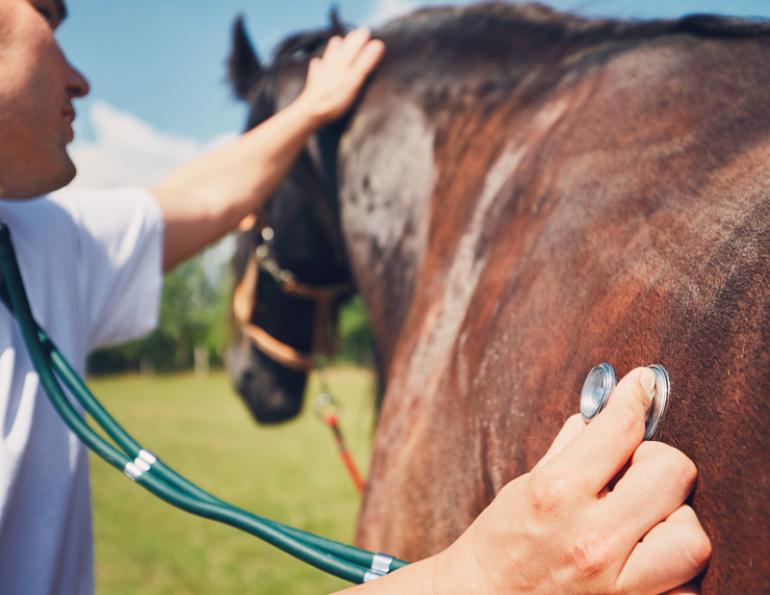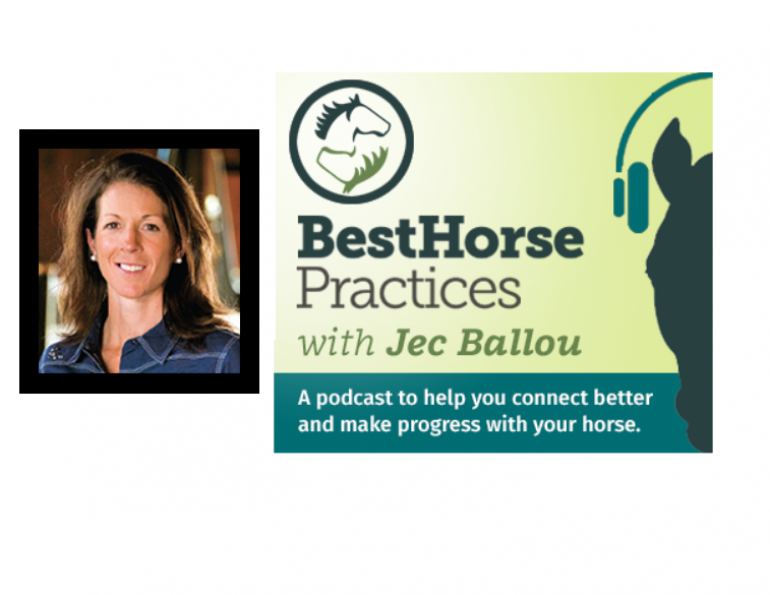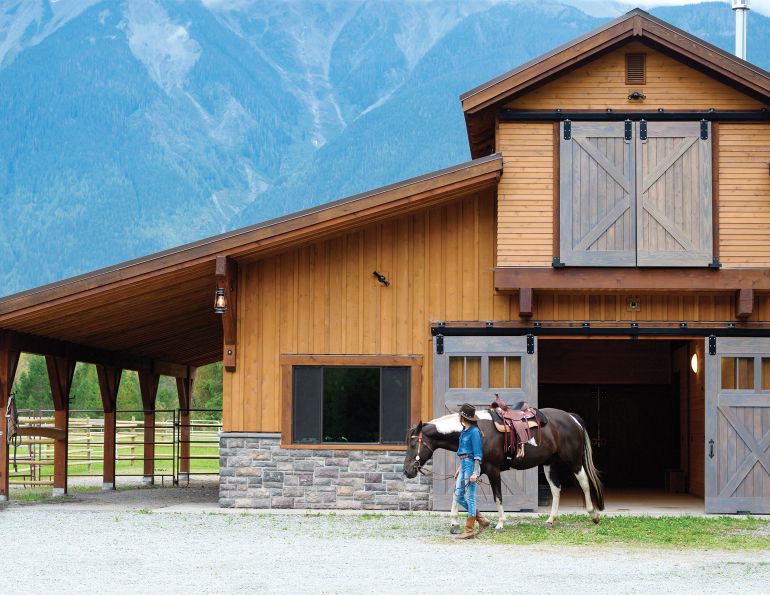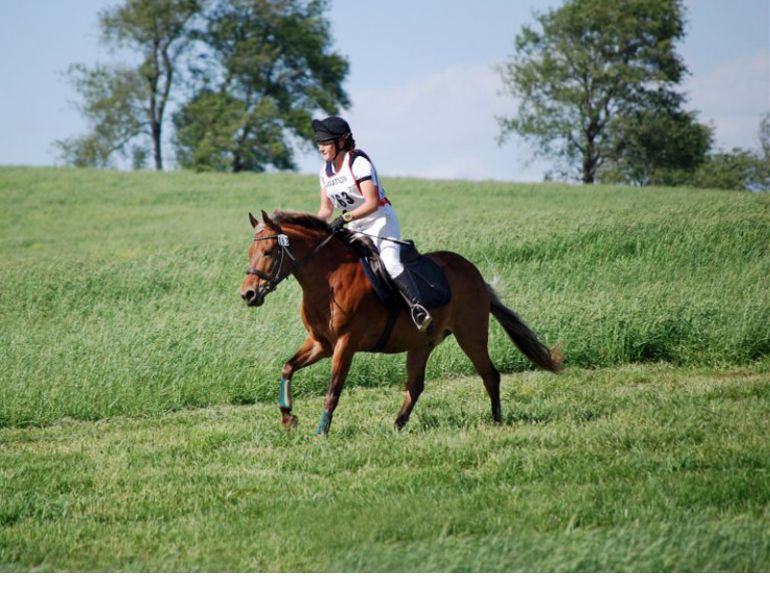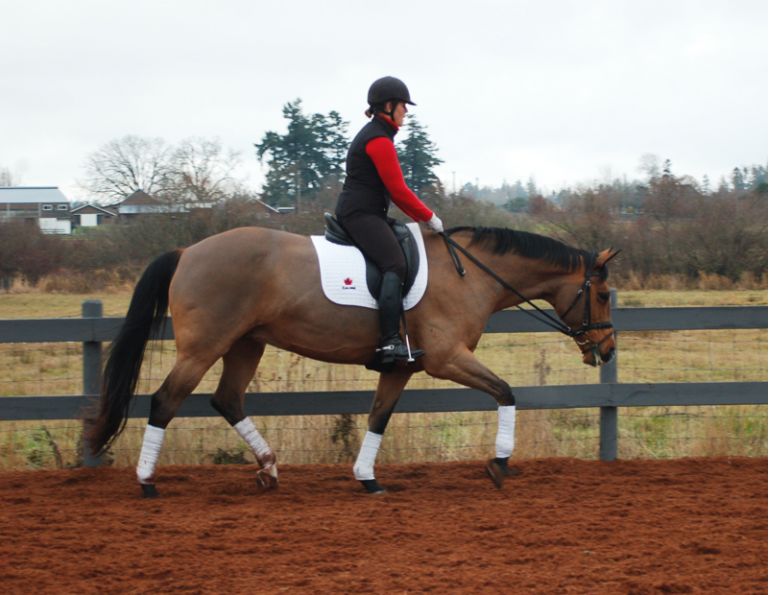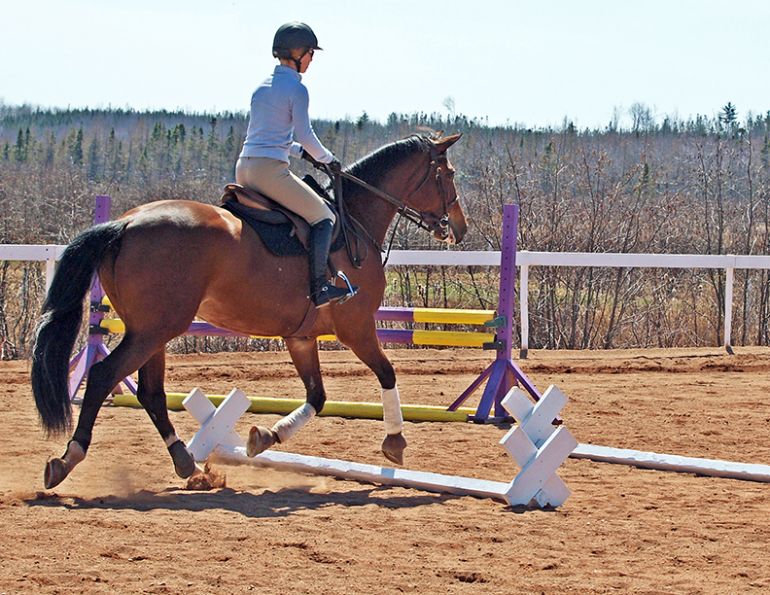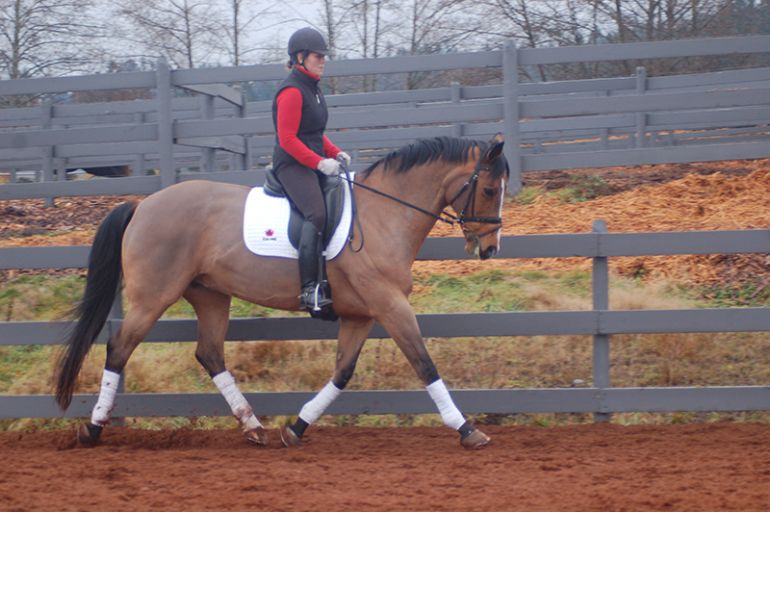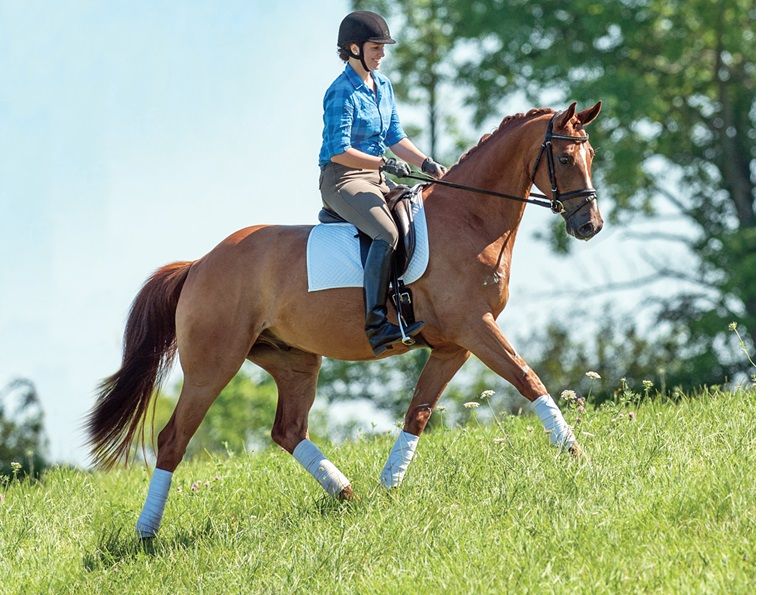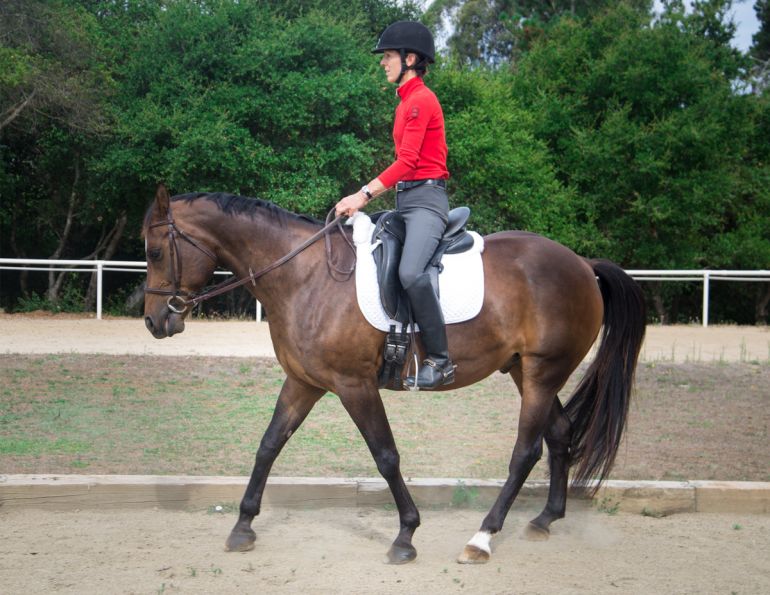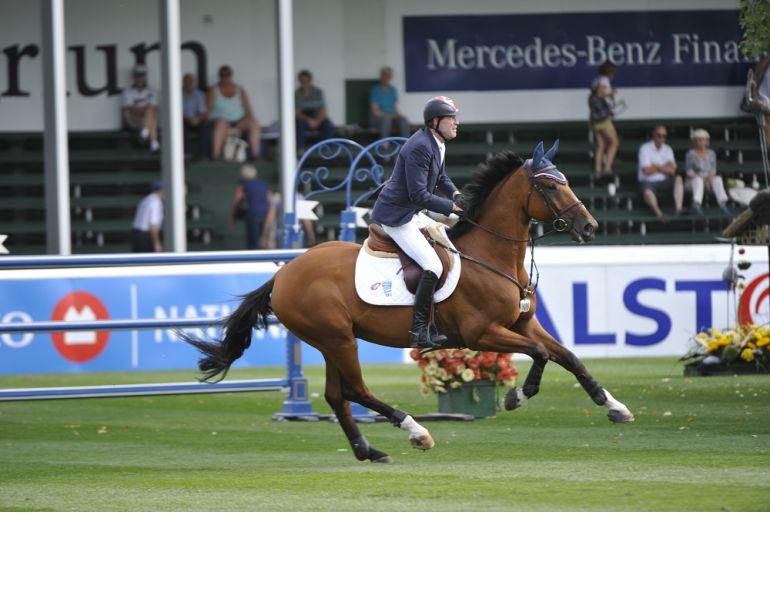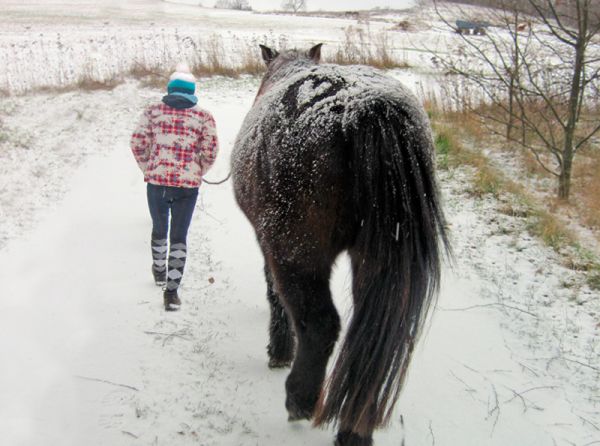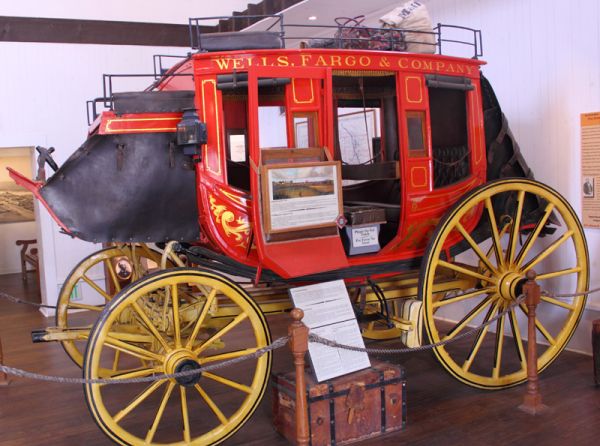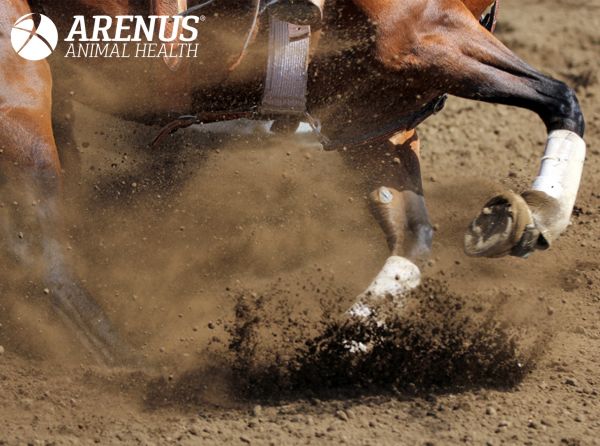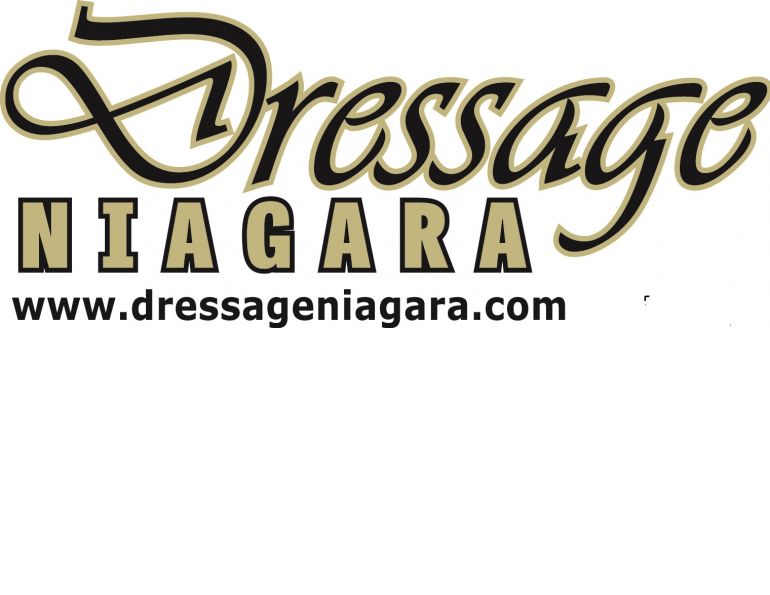By Sidonia McIntyre, RMT, CEMT, CCF
Canadian National Equine Massage and VR Instructor
When watching gymnastic competitions, we look for athletes competing in gymnastics to “stick the landing” before the eagle-eyed judges who will discount marks for even the slightest waiver in form. While this phrase is rather commonplace in our understanding of these athletic events, it is not so in our equine world… at least not until you have read this article.
While I was searching through thousands of pictures of horses jumping, it was exceedingly difficult to locate pictures of the landing with correct form. Everyone loves the dynamic photos of the power, grace, and beauty of the horse during the bascule phase of the jump where the horse is suspended midair (Figure 1); however, that is not what I was searching for and not what will be discussed in this article. But before we move into the dynamics of motion, let’s begin with a bit of history…
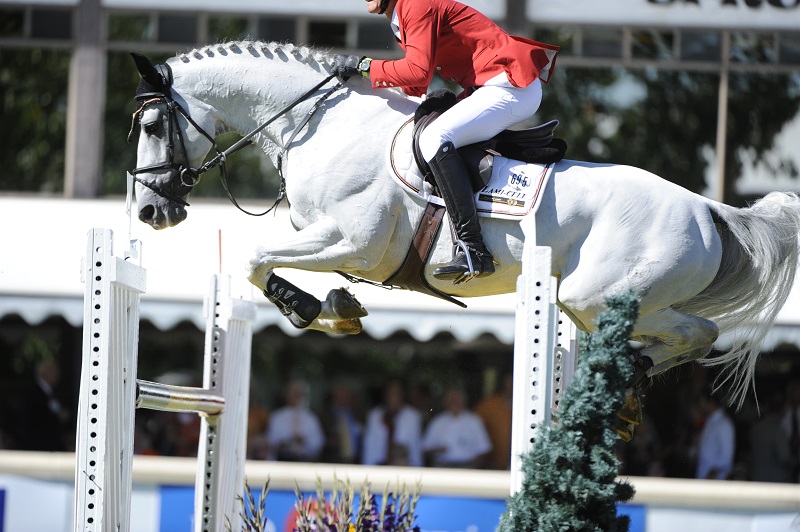
Figure 1 – In the bascule phase of the jump, the horse’s body rotates through the air in the shape of an arc to ensure that while the forehand clears the fence the shoulders are at the highest point of the body, and while the hind end clears the fence the hips are at the highest point of the body. A horse with a good bascule makes a rounded jump, which helps the horse jump higher. Photo: Robin Duncan Photography
In 1868 Dublin, Ireland was host to the first “horse jumping” competition. It was the same year that Federico Caprilli was born in Livorno, Italy. He would go on to enroll in the Military College in Florence, Italy where he eventually graduated with a riding rating of “poor.” He continued working with horses at the Cavalry Regiment at Royal Piemont. There he also continued to observe horses in what was the accepted method of jumping, which was for the rider to sit back during the bascule phase, then pull on the horse’s mouth to pull the head upwards. (Figure 2) It was believed this would save the “fragile forehand” of the horse. This would force the horse to land on all four limbs at the same time, or to land on the hind. After observing many refusals under saddle, and few refusals when asked to jump without a rider, Caprilli soon determined that the mechanics were drastically different. When horses jumped with no rider, they landed on the forehand with no ill effects. After sharing this newfound information, he was punished by being transferred to the south of Italy. After several years, a Military Chief attempted this new method and was so impressed with the results that Caprilli was brought back as the chief riding instructor at the Calvary School of Pinerolo and Tor di Quinto.
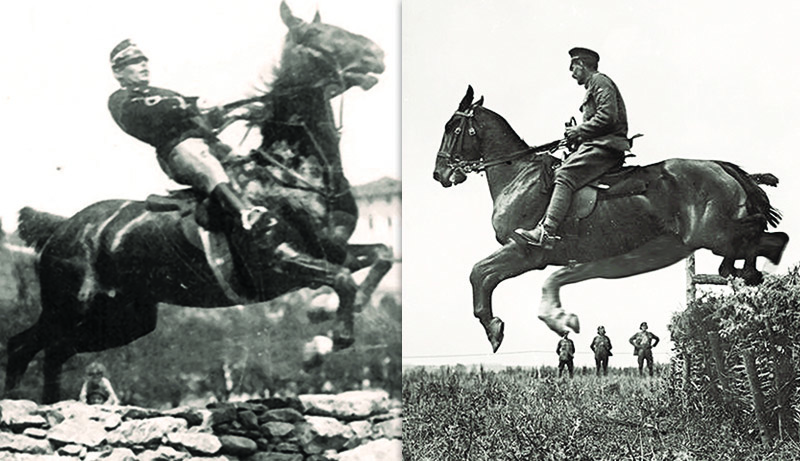
Figure 2 – The accepted method of jumping until the early 1900s was for the rider to sit back during the bascule phase and pull the horse’s head upwards.
Caprilli’s philosophy was simple: The first rule of good horsemanship is to reduce, simplify, and if possible, eliminate the rider’s intervention. This method did not become an overnight sensation; rather, it took several decades to become the accepted way to jump. In 1902, German rider Rittmaster Arnold von Gunther refused to use this new method; but in 1910, he tried the method and was rewarded immediately with compliance from the horses. This led him to become Germany’s top jumper for the next decade; however, in 1912, the German army’s new regulations still insisted on teaching the old method.
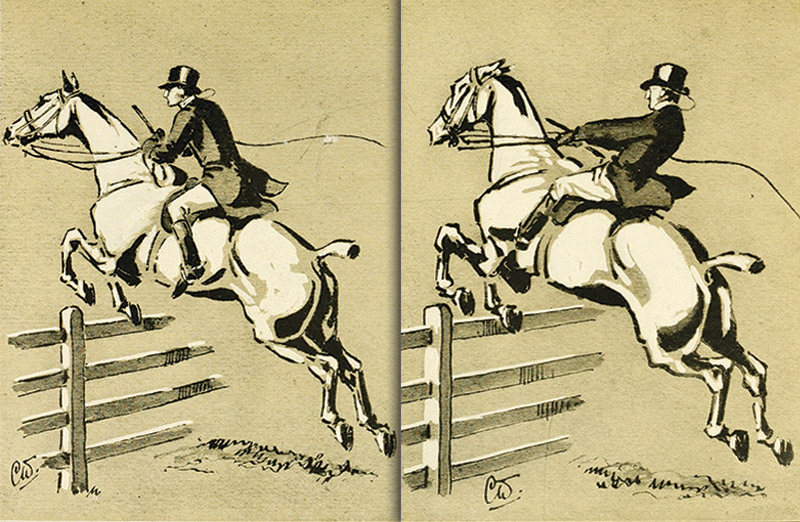
In this 1902 rendering titled Cross Country with Horse and Hound the artist illustrates the two competing jumping styles of the time.
Today, “The Caprilli Method” is well known in the jumping world and is also referred to as the “forward seat.” Caprilli (aka the Flying Knight) aided the horses by his keen observation, his courageous sharing of the information despite opposition, and his persistent patience as he waited for the rest of the world to catch up to what the horses had already taught him, which was to stop interfering with them while they’re working for you.
Now fast forward 100 years to present day jumping and see what we can learn to allow the horse to get the job done without interference from the rider. First, I’ll simplify the dynamic action of the horse in order to locate the areas of stress on the body.
The tendons of the legs of the horse are likened to industrial strength pogo sticks. If you have ever used a really well-made pogo stick (Figure 3), then you quickly learned that short, quick hops are difficult to control, whereas longer, fuller, deeper depressions will result in a higher bounce and the pogo stick will be easier to control. There is a dynamic correlation between the tendons of the limbs of the horse and the nuchal and supraspinous ligaments. When these structures work together in perfect harmony, they create a system that is unique to equids – the creation of more energy output with less muscular input, thus allowing the horses to move for longer periods of time without quickly fatiguing the muscles.
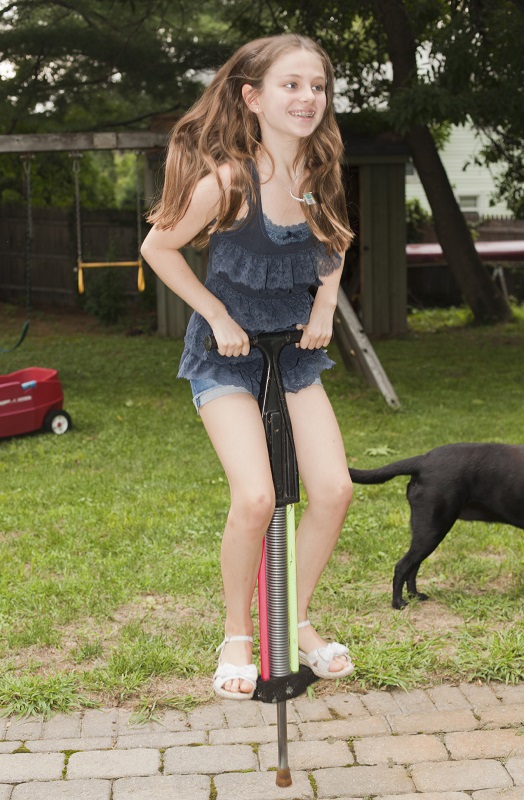
Figure 3 – A pogo stick. Photo: iStock/Image Source
The nuchal ligament (Figure 4) is comprised of two sections: the funicular portion which runs from the atlas (the topmost bone of the neck) to the withers, and the lamellar portion which attaches from the second through to the sixth cervical vertebrae to the funicular portion of the nuchal ligament. These two portions combine with the supraspinous ligament, which runs on either side of the spinous processes of the vertebrae to the end of the sacrum. These two ligaments when working together achieve harmonious, round, body-moving action. However, when these ligaments work independently due to strain, pain, or interference from the rider and tack, the movement becomes stiff and injuries are more likely to occur to both the ligaments and the musculature, even to the point of damage to the bone material. An example is “kissing spine,” (Figure 5) which is damage that occurs when the bones begin to rub together at the spinous processes to the point of damage to the periosteum (the covering of the bone). This damage triggers new bone growth and the bones will begin to grow additional spurs or hooks that will grind against the adjacent spinous process, triggering great pain to the horse along with a marked decrease in the range of motion and an intolerance for pressure that will cause the back to bend under.
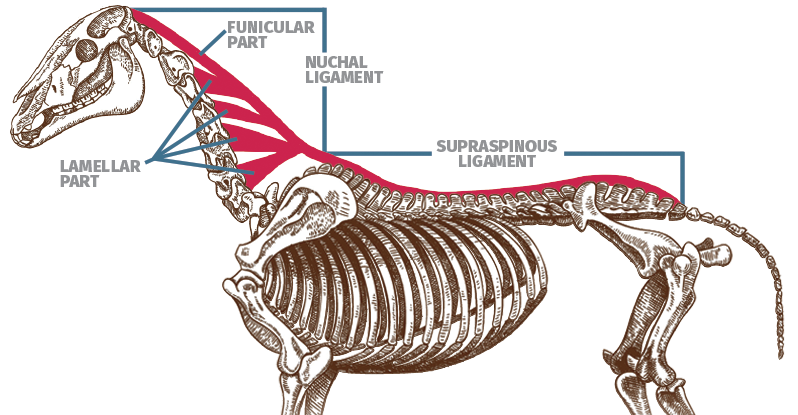
Figure 4

Figure 5 – Kissing spine. Photo courtesy of Sidonia McIntyre
It is of utmost importance to address our attention to the health and well-being of the nuchal and supraspinous ligaments and the tendons of the legs, as these two structures literally exchange energy in order to create proper movement and decrease muscular fatigue.
As we look at the jumping horse (Figure 6), the action begins on the approach. The ligaments are loose as the horse sees the jump and then flexes the front limbs (loading the tendons), then transfers this energy to the hind limbs by rocking back. The forelimbs are now off the ground and the hind limbs will then absorb all the energy as the horse leaps upward with a rounded form, thereby transferring the energy to the ligaments for the dynamic bascule, which is everyone’s favourite part – flying through the air! Note the roundness of the horse’s neck, back and rump as the energy is transferred from the limbs to the topline.
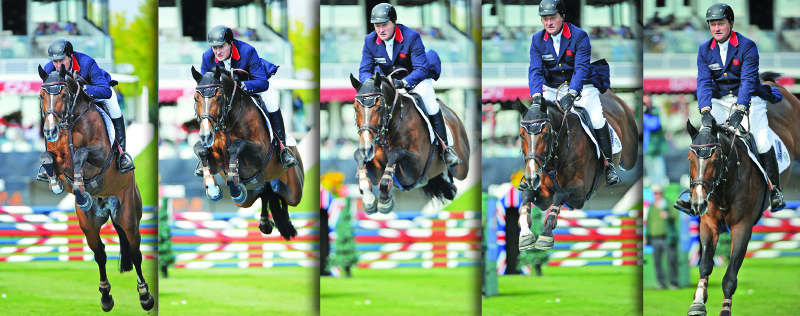
Figure 6. Photos: Robin Duncan Photography
Upon landing, it is the trailing forelimb that takes the full impact of the jump (Figure 7). On a 1.3 meter jump, the horse will have an impact of 2.6 times its body weight all on the one limb. It is here, on the landing, that many riders do not utilize the transfer of the energy as it passes from the topline ligaments back to the tendons. It is imperative to reload the tendons by removing the pressure from the ligaments. A horse’s topline should bend in a concave manner on landing to transfer the kinetic energy back to the limbs so the “pogo stick” can be fully depressed.

Figure 7 – On landing, the trialing forelimb takes the full impact of the jump, and the horse’s topline should bend in a concave manner to transfer the kinetic energy back to the limbs and depress the “pogo stick.” The rider does not interfere with the horse’s natural movement. The trailing left foreleg absorbs the impact of the jump while the rider allows the horse’s head and nose to rise. Photo: Robin Duncan Photography
If the rider, tack, or both do not allow the horse to recover from the jump, the action is stopped midway, causing pressure to build in areas where no pressure should occur. Tie-downs and martingales that do not allow the head to rise upward will damage this feedback system. Training a horse to jump on line with the head in a bent position will cause damage, as will the running martingale if the rider does not release the horse’s head upon landing. Where the action is stopped will correlate to various areas of the tendons in the legs, leading to sore knees, cannons, and pasterns. This is similar to going down a flight of stairs then stopping abruptly mid-flight. The downward impact would be felt in either the knees or the ankles. If the horse’s head/neck is held in a rounded position upon landing, the tightness of the ligaments will create an inelastic rigid topline and the muscles must then do additional work, which will lead to tension, spasms, and pain.
Many people will wrap the horse’s legs in plaster wraps, spend money on ice boots, or cold hose after jumping to decrease the inflammation in the tendons. Often this damage can be easily avoided if the feedback system is permitted to work as nature intended.
Natural movement should never be obstructed. Repetitive straining will cause micro-tears to appear at the areas of stress. Scar tissue will form as a natural binder of the torn structures and has the potential to continue to spread to adjacent structures, leading to a decrease in the range of motion of the joint, decreased flexibility of the tendon, and pain.
If there is no interference, the pastern literally touches the ground upon impact (Figure 7) and becomes horizontal to the ground, which is the correct action of the limb/joint. This action will load the tendon and the kinetic energy will then transfer back to the topline to be utilized, then sent back down to the tendons again.
In order for the tendon to be fully reloaded, the nose of the horse must be permitted to rise (Figure 7) thereby loosening the topline ligaments. Without full release of the ligaments, the tendons of the limb cannot absorb sufficient energy to transfer back to the topline.
The biomechanics of the correctly-jumping horse are much like the game of Pong, the decades-old computer game of bouncing a ball back and forth from one side of the screen to the other. The more thrust that is exerted on the ball, the more dynamic the movement becomes; the less thrust, the less dynamic the movement.
Many riders do not take advantage of this byplay when they use tack that interferes with the recovery phase and causes the horse’s head to be in a bent/rounded position upon landing rather than the nose being up and forward. This is best viewed by the rider with burst photography, or videotaped and watched in slow motion to allow the rider to self-critique and take an honest look at how their actions are inhibiting the correct range of motion.
Attempting to correct this by pulling up on the horse’s head upon landing is interference and will cause the topline ligaments to over-bend and become too loose. The energy will then be absorbed by the bone and soft tissue, causing spasms. With continued poor form, this will cause the vertebrae to crush together, injuring the bone, which can lead to kissing spine along with inflammation of the soft tissues.
In this picture of good form (Figure 8), the rider does not interfere with the natural movement of the horse. The trailing left foreleg absorbs the impact of the jump (approx. 2600-3000 lbs), while the rider allows the horse’s head and nose to rise. Upon impact, the topline should sag slightly as the energy is absorbed by the tendons of the limbs, then it will transfer back to the topline within two strides. This step is crucial to the energy distribution as it is transferred back down to the tendons of the forelimb, then to the whole horse as it recovers. Countless tendon injures can be avoided if the rider utilizes this understanding of the biomechanics and byplay between the topline ligaments and the tendons of the limb.
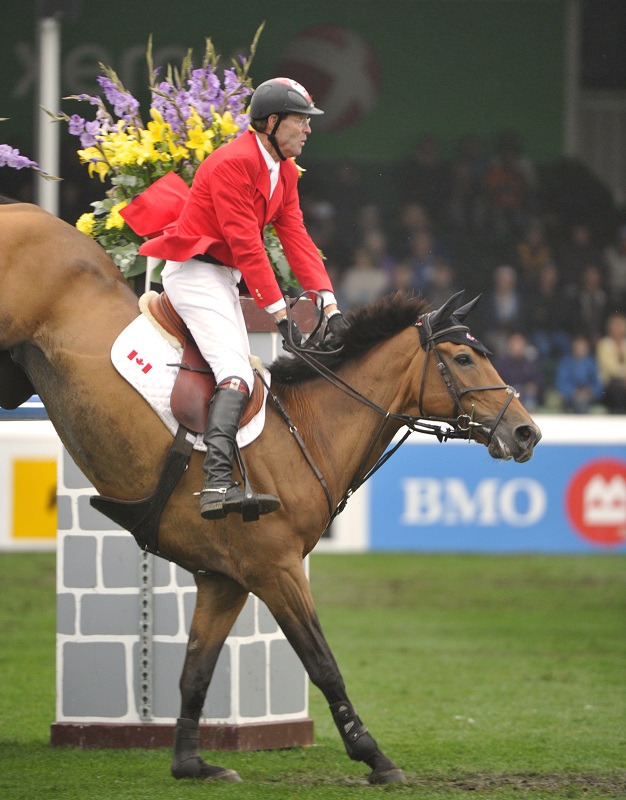
Figure 8. Photo: Robin Duncan Photography
The horse uses this feedback system in all aspects of motion, regardless of whether he jumps or not (Figure 9). Horses can walk, trot, canter, and gallop for extended periods of time due to the interplay of the topline ligaments and the tendons as there is significantly less muscle usage and therefore the horse will not tire as quickly. When this feedback system is not used, the muscles must be brought into play in order for movement to occur and fatigue quickly sets in along with pain, inflammation and injury.
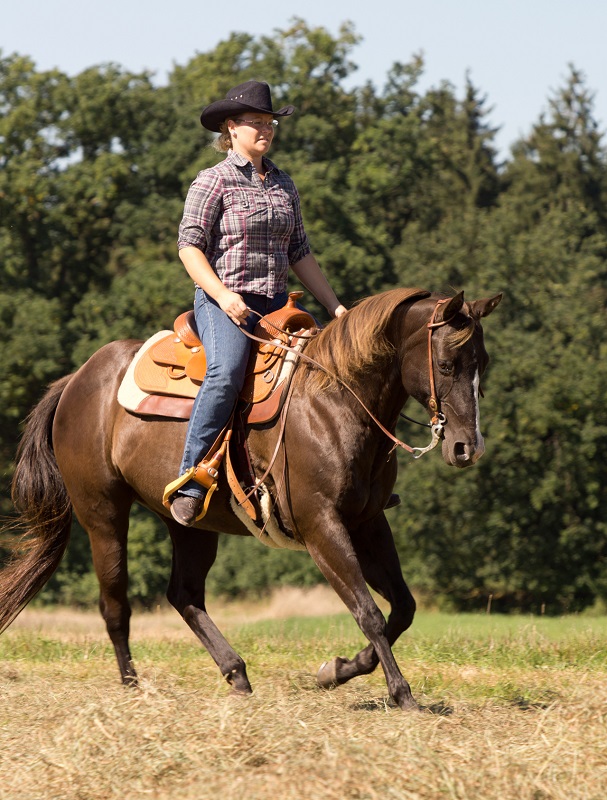
Figure 9 – Without interference from the rider, the horse can walk, trot, canter and gallop for extended periods of time without tiring thanks to the interplay of the topline ligaments and the tendons.
We are stewards of these amazing living creatures and have a responsibility to them. For the many ways they enrich our lives, we are in their debt. To show our gratitude we should always strive to do better by them, and one way to do that is to allow them to get the job without interference from the rider as they leap through the air so we can experience flying without wings.

This article was originally published in Canadian Horse Journal’s July/August 2016 issue.



